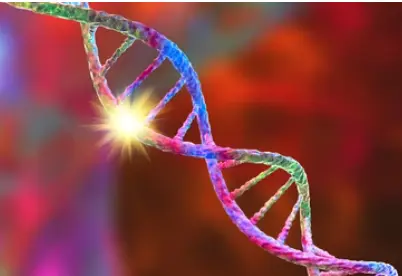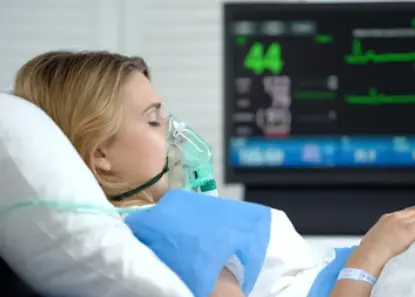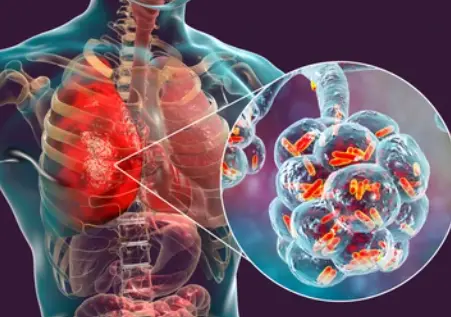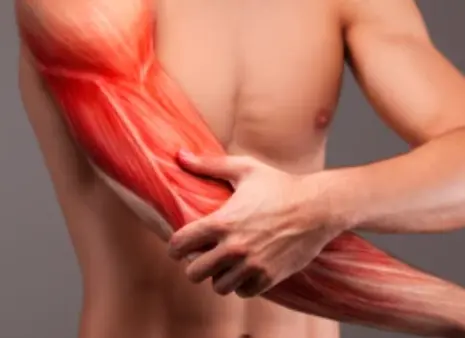 Welcome
Welcome
“May all be happy, may all be healed, may all be at peace and may no one ever suffer."
- A
- B
- C
- D
- E
- F
- G
- H
- I
- J
- K
- L
- M
- N
- O
- P
- Q
- R
- S
- T
- U
- V
- W
- X
- Y
- Z
Menopausal flushing - Generics
Menopausal flushing, also known as hot flashes or hot flushes, is a common symptom experienced by many women during the menopausal transition. It is caused by hormonal changes that affect the body's ability to regulate temperature.
Symptoms of menopausal flushing can include sudden feeling of heat or warmth that spreads over the body, sweating, rapid heartbeat, and chills.
Management of menopausal flushing typically involves making lifestyle changes such as wearing lighter clothing, avoiding hot drinks and spicy foods, and reducing stress. Hormone replacement therapy (HRT) may also be prescribed in some cases to help alleviate symptoms.
Alternative treatments for menopausal flushing include natural remedies such as black cohosh, soy products, and certain herbs, although their effectiveness is not well-established.
While menopausal flushing can be uncomfortable and disruptive to daily life, it is not typically a cause for concern. However, if symptoms are severe or interfere with daily activities, it is important to consult a healthcare provider to rule out other possible underlying conditions and determine the best course of treatment.

Pleural empyema

Hereditary hemorrhagic

Strains

Myxoedema coma

Pneumonia

Fluid and electrolyte imb...

Polymyositis

Dry eye
Menopausal flushing, মেনোপসাল ফ্লাশিং
To be happy, beautiful, healthy, wealthy, hale and long-lived stay with DM3S.